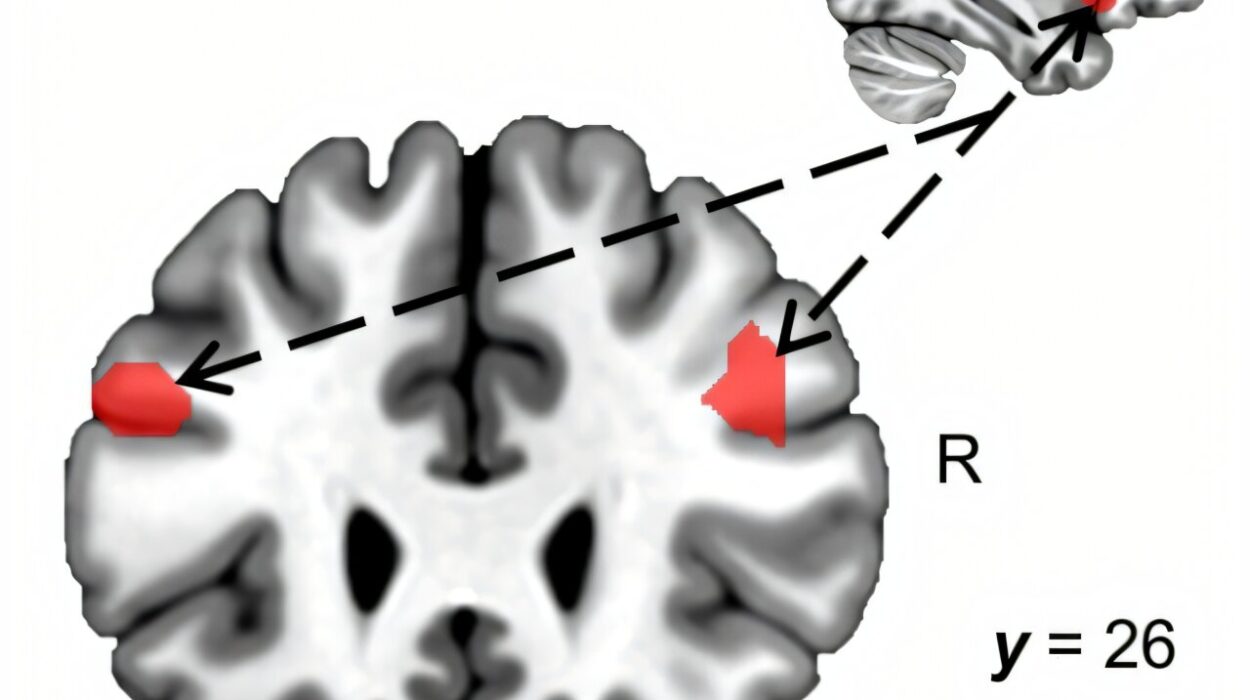In a quiet corner of the Nordic world, where icy lakes reflect endless skies and pine forests stretch into the horizon, scientists are trying to peer inside one of the most complex landscapes of all: the teenage mind.
A new study from Sweden, recently published in the Journal of Psychiatric Research, reveals subtle but powerful differences in how adolescent boys and girls perceive and report the symptoms of Attention-Deficit/Hyperactivity Disorder, or ADHD. The findings challenge assumptions about diagnosis and highlight the vital—and often overlooked—importance of listening to teens in their own words.
The study, led by psychologist Matilda A. Frick and colleagues, offers a poignant glimpse into how adolescents view their own struggles—and how their voices align or diverge from those of their parents and doctors. And as it turns out, gender plays a pivotal role.
Inside the Whirlwind of ADHD
ADHD is not a passing phase or a childhood quirk. It’s a neurodevelopmental condition that affects millions of people worldwide, often shaping every facet of life—from attention and memory to emotional regulation and interpersonal relationships. It’s marked by persistent patterns of inattention, hyperactivity, and impulsivity. While some children seem to “grow out” of the most obvious symptoms, for many, the challenges continue—evolving, shifting, but rarely disappearing.
And yet, diagnosing ADHD isn’t as simple as checking boxes. It requires careful evaluation, detailed behavioral reports, and above all, a mosaic of perspectives—teachers, parents, clinicians, and increasingly, the adolescents themselves.
But what happens when these perspectives don’t align?
That question drove Frick and her team to investigate one of the most crucial, yet understudied, aspects of ADHD diagnosis: how adolescents perceive and report their own symptoms—and whether boys and girls differ in this self-awareness.
A Study Spanning Seven Swedish Cities
To explore this, researchers recruited 159 adolescents between the ages of 15 and 18 from outpatient psychiatric clinics across seven cities in Sweden—including Uppsala, Gävle, Falun, Karlstad, Uddevalla, Västerås, and Växjö. All participants had already received a clinical diagnosis of ADHD, and about 71% were classified as having the combined type (both inattentive and hyperactive-impulsive symptoms), while 26% had the inattentive type.
Each adolescent filled out the Adult ADHD Self-Report Scale for Adolescents—a well-validated tool adapted to capture how teens experience symptoms like distractibility, impulsivity, and hyperactivity in their own words. Parents completed the same questionnaire, while clinicians conducted structured interviews using a separate diagnostic tool, the Mini International Neuropsychiatric Interview for Children and Adolescents.
Then the researchers looked for patterns.
The Hidden Gender Gap in Symptom Awareness
The results were both revealing and troubling.
Boys tended to rate themselves as having fewer ADHD symptoms than their parents and clinicians reported. In contrast, girls’ self-ratings were consistent with both their parents’ and clinicians’ assessments.
In other words, girls with ADHD appeared to have a more accurate view of their own struggles, while boys tended to underestimate theirs.
This discrepancy suggests that adolescent males may either be unaware of the full impact of their symptoms or may be reluctant to acknowledge them. Meanwhile, girls—often socialized to be more self-reflective and emotionally expressive—seem to be more in tune with their experiences.
Importantly, when researchers compared how closely self-reports aligned with other sources, they found that adolescents’ self-ratings were more similar to clinicians’ assessments than to parents’. This was true for both boys and girls.
These findings underscore a crucial truth: teenagers know more about what they’re going through than we often assume.
Why These Differences Matter
These insights aren’t just academic—they matter deeply in the real world, where diagnostic decisions can shape everything from school support plans to medication access.
For years, ADHD diagnostic criteria have been primarily shaped by how the condition presents in boys. Classic signs—fidgeting, interrupting, climbing on furniture, shouting in class—are often more visible in males. Girls with ADHD, however, tend to internalize their symptoms. They may daydream, forget instructions, or seem “spacey”—less disruptive, but no less impaired.
As a result, girls are often underdiagnosed or misdiagnosed. This Swedish study helps reveal another layer to that problem: when boys are diagnosed, they may not fully recognize the extent of their difficulties, which could affect their treatment engagement or even their long-term mental health.
“We found that adolescent males with ADHD may underestimate their symptoms, whereas females may have more insight into their symptoms when compared to other raters,” the study’s authors wrote. “Adolescents are important raters of their own ADHD symptoms and their perspectives need to be taken into account in diagnostic assessments.”
In short, a boy who says he’s fine might not be—and a girl who says she’s struggling might be telling the truest story of all.
The Power of Being Heard
There’s a deeper, more emotional current flowing beneath these findings. It’s about trust. About what it means to let young people speak for themselves.
Too often, adolescents—especially those with mental health conditions—are talked about, not talked with. Their symptoms are catalogued by parents, interpreted by clinicians, judged by teachers. But their own voices can get lost in the noise.
This study affirms that teenagers are not just passive subjects in the diagnostic process—they are essential narrators of their own experiences.
Of course, self-reports aren’t perfect. Memory can be faulty. Self-perception can be clouded by denial, shame, or even over-identification with a diagnosis. But when viewed alongside clinical interviews and parental reports, self-assessments offer something uniquely powerful: insight into how a person feels from the inside out.
In the context of ADHD, this means recognizing not just whether a child is meeting academic benchmarks or behaving “appropriately,” but whether they’re quietly unraveling under the surface—or thriving despite the odds.
A Word of Caution on Culture
It’s worth noting that the study’s findings come from a Swedish sample, where healthcare systems, gender norms, and educational expectations may differ from those in other parts of the world. The ways adolescents understand and report symptoms are shaped by cultural context.
In some cultures, boys may be even more reluctant to express vulnerability, while in others, girls may face pressure to hide their difficulties. Further research across diverse populations is needed to see whether the Swedish patterns hold elsewhere.
Still, the core message echoes far beyond Scandinavia: we must create space for teenagers to tell us who they are—not just who we think they should be.
Looking Ahead: Rethinking ADHD Diagnosis
The implications of this research ripple across psychology, education, and adolescent medicine. It suggests that gender-sensitive diagnostic tools may be needed. That clinicians should be trained to interpret discrepancies between raters. That self-reports should be treated not as a formality, but as a foundational part of the diagnostic puzzle.
And it reminds us that ADHD is not just a list of symptoms—it’s a lived experience, deeply shaped by personality, environment, culture, and self-awareness.
To diagnose well is to listen deeply. And to listen, we must first believe that teens, even when struggling, are capable of extraordinary insight.






